Masayoshi Nakashima
Past Recipients

Recipient of the Award’s Seventh Edition (2024) MASAYOSHI NAKASHIMA
The 2024 Edition of the Nigel Priestley International Prize has been awarded to Masayoshi Nakashima, on the basis of a unanimous decision of the Selection Committee for his outstanding contributions to the fields of steel structures engineering, large-scale experimental work and hybrid testing. He also played a pioneering role in establishing both international cooperative research programs, as well as global headship through his leading roles at EERI and, particularly, IAEE. His leadership of E-Defense was a unique and outstanding accomplishment, which was recognized by the election to the NAE in 2015. In addition, his research in steel design, both in Japan and internationally, has been highly influential. His development of advanced seismic testing methods was highly creative, and he has had a very important role as a journal editor. He has been unique in the capacity of maintaining high-level scientific and human relations between Japan, US and Europe. As a leader in E-Defense and in IAEE he will leave a solid and long lasting heritage in the field of earthquake engineering.
A native of Japan, Nakashima completed his Ph.D. in civil engineering at Lehigh and then returned home. He joined the Disaster Prevention Research Institute (DPRI) of Kyoto University in 1992, was the Institute’s director from 2011 to 2013 and serves now as professor.
Nakashima has published more than 40 book chapters and nearly 200 technical articles. In 2014, he received the George W. Housner Medal from the Earthquake Engineering Research Institute for making a “profound impact on the advancement of earthquake engineering” and for “seminal work in the development of hybrid simulation.” Hybrid simulation is a type of structural testing that combines physical experiments with numerical simulation.
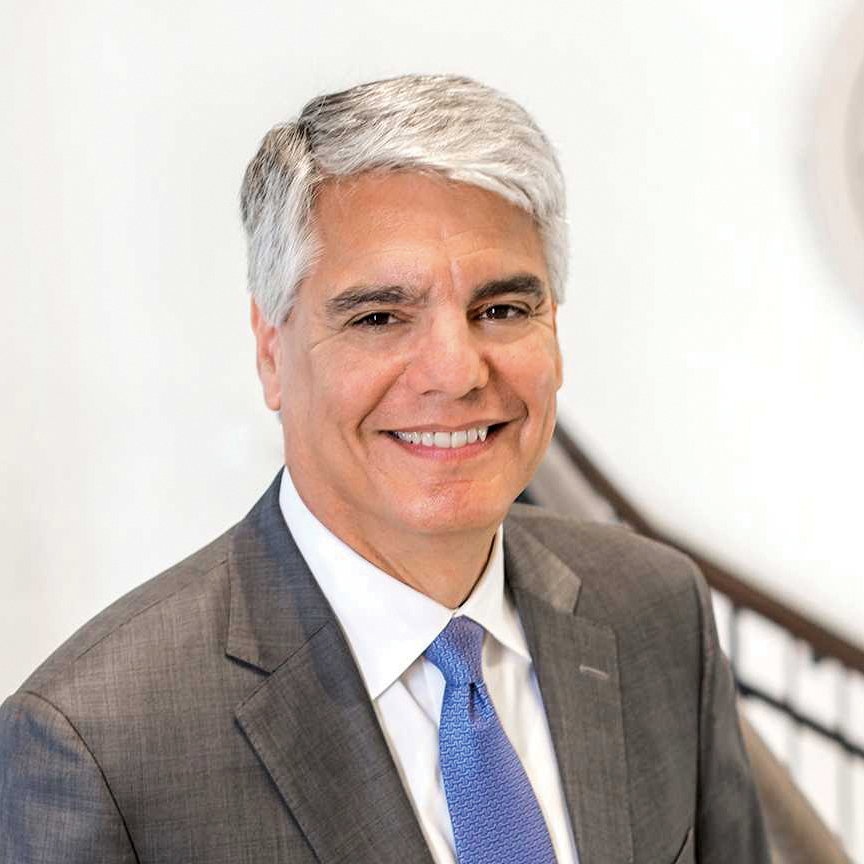
Gregory L. Fenves
Recipient of the Award’s Seventh Edition (2022) GREGORY L. FENVES
The seventh edition of the ROSE Prize has been awarded to Gregory L. Fenves, on the basis of a unanimous decision of the Selection Committee, for his outstanding contributions in the areas of Academic Excellence, Scientific Leadership, and Professional Activities related to Earthquake Engineering.
Professor Greg Fenves has been a pioneer in the development of methodologies and software for high-fidelity physics-based simulations of urban regions, to assess the effects of large magnitude earthquakes on buildings, transportation system components, and underground civil infrastructure, including the interaction between soil, foundation and large inventories of structures.
He laid the foundation for the development and deployment of what has now become the de-facto structural modelling tool for the earthquake engineering community around the word: OpenSees. A simple internet search on the latter returns hundreds of thousands of hits, testifying how widely used this tool is, and how far-reaching the impact of Greg Fenves has been.
He has been the leader of important academic institutions and organizations, including the presidency of the University of Texas at Austin and the Emory University.
In conclusion, Professor Fenves is an outstanding scholar, who developed most relevant structural analysis tools and nurtured a significant number of students, and later became a high-level decision maker, thus greatly influencing and contributing, also in a broad wide-ranging sense, to risk mitigation and public entrepreneurship.
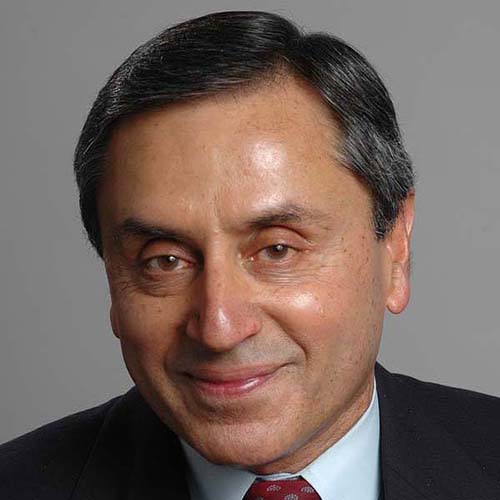
Anil K. Chopra
Recipient of the Award’s Sixth Edition (2018) ANIL K. CHOPRA
The sixth edition of the ROSE School Prize, for the second time entitled to M.J. Nigel Priestley and consequently renamed M.J. Nigel Priestley Prize, has been awarded to Professor Anil K. Chopra, on the basis of a unanimous decision of the Selection Committee, with the following motivation.
Anil K. Chopra, Professor Emeritus at the University of California at Berkeley, is a renowned leader in structural dynamics and earthquake engineering. His work has had a profound influence on the direction of structural engineering research and practice.
Chopra’s research activities have included studies of structural dynamics, various problems in earthquake analysis and design of buildings, dynamic soil structure interaction, dynamic fluid structure interaction, and earthquake analysis and design of concrete dams. His textbook, Dynamics of Structures: Theory and Applications to Earthquake Engineering, 1995, 2001, 2007, 2012, and 2017 is the most highly regarded and internationally translated textbook in the field of structural dynamics and earthquake engineering. It is considered a must-read book for everybody working in seismic analysis. There is no other book of comparable breadth, detail and quality in the field. The book has been translated into Japanese, Chinese, Korean, Greek, Turkish, Spanish, and Farsi.
Chopra’s pioneering work on concrete dams and intake-outlet towers set the direction for much of the subsequent research. Starting with the earliest application of the finite element method to dynamic analysis of dams, he and his students developed rigorous methods for the analysis of the earthquake response of concrete dams, including the effects of fluid–structure and foundation–structure interaction. These methods and computer programs have been widely used in engineering practice.
Chopra is known also for pioneering work on several aspects of dynamics of buildings that influenced the direction of research and was incorporated in analysis procedures for estimating seismic demands on buildings. Chopra’s work in the field of pushover analysis resulted in a significant revision of the Federal Emergency Management Agency’s professional guidelines for seismic evaluation of existing buildings after he demonstrated deficiencies in these guidelines.
Throughout his career, Chopra has been responsible for the development and teaching of courses in structural engineering, structural dynamics, and earthquake engineering at the University of California in Berkeley.
Chopra has served as Associate, General and Executive Editor of Earthquake Engineering and Structural Dynamics— the official Journal of the International Association for Earthquake Engineering—for almost thirty years (from 1988 until present). Under his skillful leadership, the journal has kept its image of the premier international journal in the field all the time.
As a consultant on earthquake engineering problems to numerous governmental and private organizations in several countries, Chopra contributed to the transfer of research achievements in the practice and to seismic resistance of several important structures worldwide, including the structures at Panama Canal.
Anil Chopra is a giant in earthquake engineering and his association with the award will continue the tradition of highest distinction that characterized the previous editions.
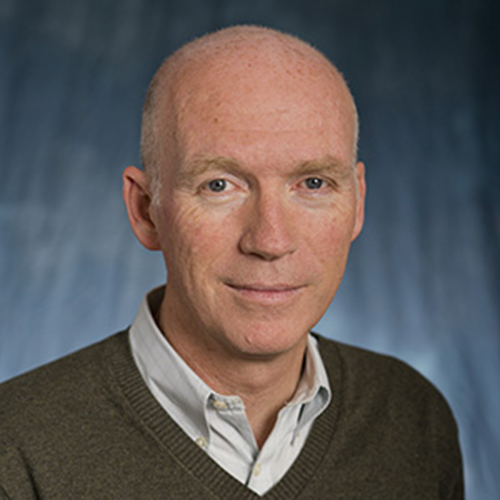
Steven L. Kramer
Recipient of the Award’s Fifth Edition (2016) STEVEN L. KRAMER
The fifth edition of the ROSE School Prize, for the first time entitled to M.J. Nigel Priestley and consequently renamed M.J. Nigel Priestley Prize, has been awarded to Professor Steven L. Kramer, on the basis of a unanimous decision of the Selection Committee, with the following motivation. Professor Steven L. Kramer has been a champion of performance based design in geotechnical earthquake engineering – a discipline that, arguably, needs it the most because of the significant uncertainties involved in geotechnical characterization. He has played a crucial role in the transition between the pioneering era of geotechnical engineering and an era in which the discipline is rationally based, allowing to understand the relations between experience and models. Under this (and others) respect, the impact of his book Geotechnical Earthquake Engineering, published in 1996 cannot be overstated: it revolutionized how geotechnical earthquake engineering was taught, and still 20 years later there is no other book that can compare. He has shown uncommon skills in presenting his work and the state of art of geotechnical earthquake engineering; in particular, his invited presentations at conferences and his seminars have always been stimulating and exceptionally well prepared. His strong influence on a generation of students, researchers and professionals is fully recognized, while his potential for future important achievements is a well founded hope. Steve Kramer is a giant in geotechnical earthquake engineering and his association with the award will continue the tradition of highest distinction that characterized the previous editions.
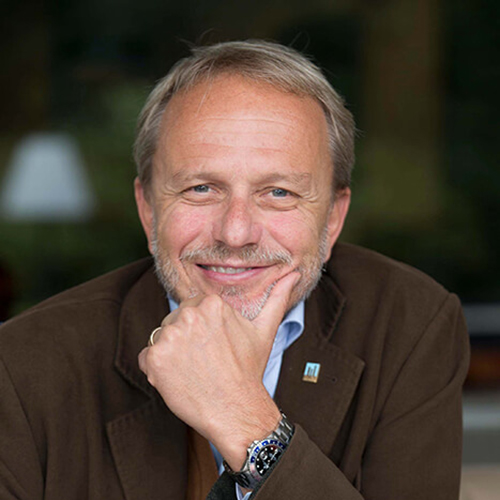
Gian Michele Calvi
Recipient of the Award’s Fourth Edition (2014) GIAN MICHELE CALVI
The fourth edition of the ROSE Prize has been awarded to Gian Michele Calvi, on the basis of a unanimous decision of the Selection Committee, for his outstanding contributions in the areas of Academic Excellence, Scientific Leadership, and Professional Activities related to Earthquake Engineering.
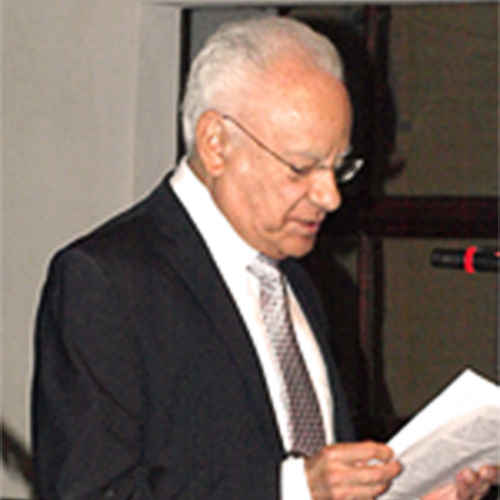
Luis Esteva Maraboto
Recipient of the Award’s Third Edition (2012) LUIS ESTEVA MARABOTO
The third edition of the ROSE Prize has been awarded to Luis Esteva, on the basis of a unanimous decision of the Selection Committee, for his numerous contributions to public earthquake safety through the development of seismic design methodologies, probabilistic approaches for the definition of earthquake hazard, reliability analysis of structures, as well as for his studies and efforts in the development of building codes for Mexico and other countries.
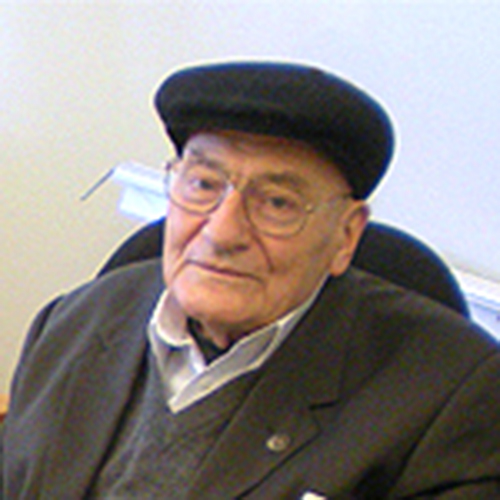
Vitelmo V. Bertero
Recipient of the Award’s Second Edition (2010) VITELMO V. BERTERO
The second edition of the ROSE School Prize has been awarded to Vitelmo Bertero, on the basis of a unanimous decision of the Selection Committee, with the following motivation: over his long and distinguished career, Vitelmo Bertero has emphasized the need to understand structural performance under seismic attack, and to learn lessons from structural damage and failure in earthquakes. He led a whole new field of research emphasizing the importance of energy demand and capacity in seismic performance. Professor Emeritus of the University of California at Berkeley, he has received more than 70 awards and honours for his teaching and publications on earthquake-resistant design of structures, and has authored more than 360 papers and reports on this subject. He retired from teaching in 1991, after having supervised 70-80 graduate students, many of whom became renowned figures in the field of earthquake engineering, seismic risk, structural analysis. His lifelong efforts to contribute to an improvement in earthquake resistant design knowledge in seismic regions around the world is demonstrated by the fact that he has Honorary Professor titles at eight Latin American universities, being Doctor Honoris Causa in two of them. His contribution to the practicing community is equally noteworthy, and he has over the years collaborated with many design firms and practicing engineers. Recently, Bertero edited the book Earthquake Engineering: From Engineering Seismology to Performance-Based Engineering, combining a collective experience exceeding 500 years of teaching, research, and practice. In closing, as Joseph Penzien recently put it, “he is now recognised worldwide among his peers as a legend in the broad field of earthquake engineering”, and thus the Selection Committee considers that he is the perfect recipient of the 2010 Edition of the ROSE Prize.
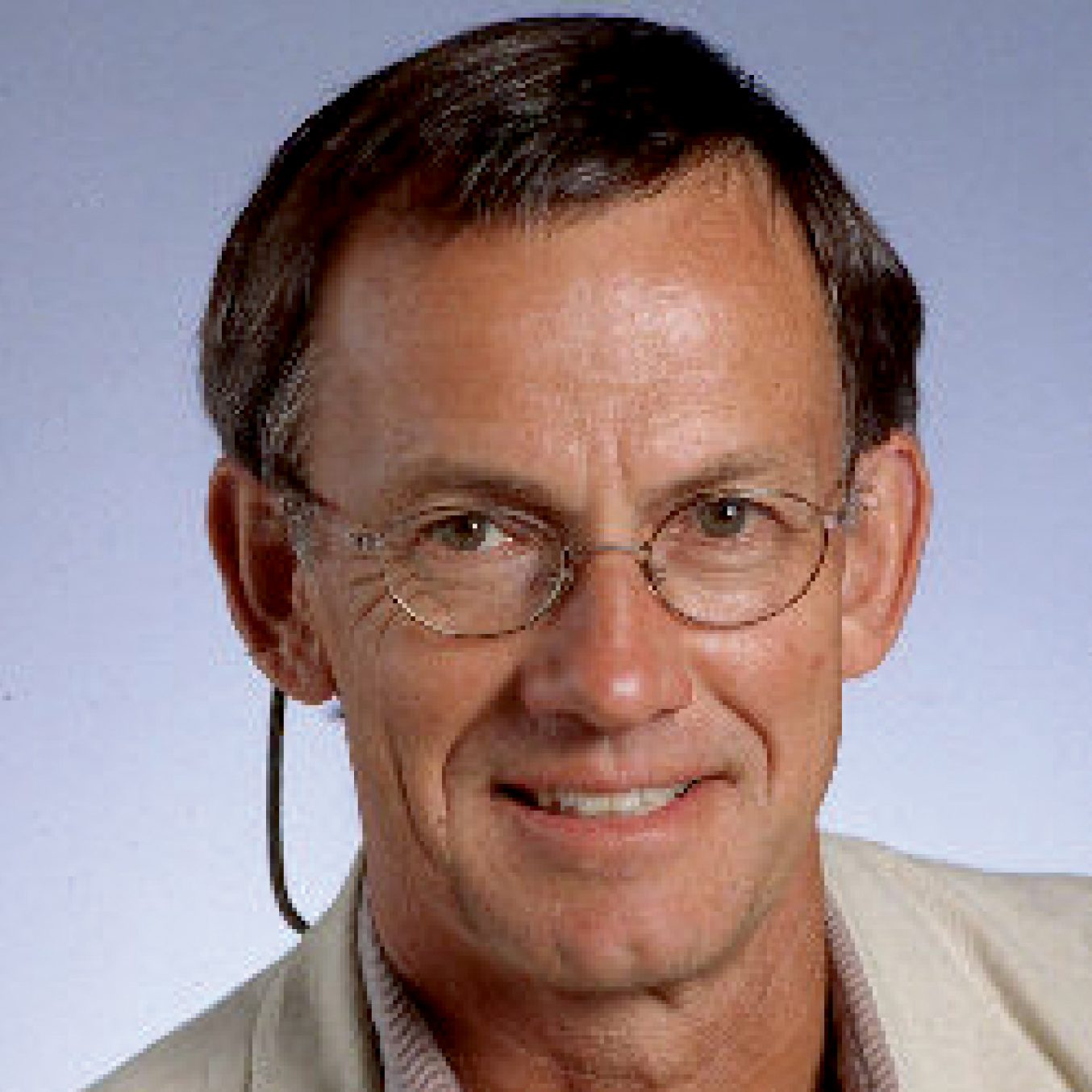
M.J. Nigel Priestley
Recipient of the Award’s First Edition (2008) M.J. NIGEL PRIESTLEY
The first edition of the ROSE School Prize has been awarded to M.J. Nigel Priestley, on the basis of a unanimous decision of the Scientific Committee of the Eucentre Foundation, with the followingmotivation: Nigel Priestley has an exceptional record of research results that have influenced the state-of-the-art and the professional practice on many aspects, such as the consideration of thermal effects on bridge decks, and the seismic design and assessment of masonry and concrete buildings, precast structures, tanks, silos, port structures, and bridges. His books on “Seismic Design of Reinforced Concrete and Masonry Structures”, “Seismic Design and Retrofitting of Bridges” and “Displacement Based Seismic Design of Structures” have had an extraordinary impact on the evolution of the profession, and have been translated into Chinese, Japanese, Greek and Spanish. He played a fundamental role in the development of new lines of thought in seismic design, particularly with his works on Myths and Fallacies in Earthquake Engineering and on Displacement Based Design. He participated in many world class engineering projects, such as the Rion Antirion Bridge, the Bolu Viaducts, the Port of Los Angeles, always providing effective and often original and unconventional contributions. His former PhD students, spread in universities and consulting firms of all continents, and his enthusiastic participation have been essential for the establishment, development and recognition of the ROSE School. The unusual combination of scientific competence, education skills, fast and innovative thinking capacity, leadership attitude, all tempered by an acute sense of humour and wide spectrum culture makes him the ideal recipient of the first ROSE School Prize, setting up a very high standard for future editions.
 Eucentre è una Fondazione di diritto privato senza scopo di lucro che persegue una missione di ricerca, formazione e erogazione di servizi nel settore dell’ingegneria sismica e, più in generale, dell’ingegneria della sicurezza
Eucentre è una Fondazione di diritto privato senza scopo di lucro che persegue una missione di ricerca, formazione e erogazione di servizi nel settore dell’ingegneria sismica e, più in generale, dell’ingegneria della sicurezza  Eucentre promuove Scienza, Ricerca e Innovazione a beneficio della collettività, offrendo metodologie mirate e soluzioni concrete per prevenzione, sicurezza e resilienza. Collabora con istituzioni e imprese, diffondendo competenze orientate al vantaggio comune.
Eucentre promuove Scienza, Ricerca e Innovazione a beneficio della collettività, offrendo metodologie mirate e soluzioni concrete per prevenzione, sicurezza e resilienza. Collabora con istituzioni e imprese, diffondendo competenze orientate al vantaggio comune. Tavole vibranti
Tavole vibranti Altri sistemi di prova
Altri sistemi di prova Eucentre conduce attività di ricerca su ingegneria sismica e riduzione del rischio, attraverso prove di laboratorio e analisi numeriche, per migliorare il comportamento sismico di strutture e terreni e sviluppare tecniche innovative di consolidamento antisismico.
Eucentre conduce attività di ricerca su ingegneria sismica e riduzione del rischio, attraverso prove di laboratorio e analisi numeriche, per migliorare il comportamento sismico di strutture e terreni e sviluppare tecniche innovative di consolidamento antisismico. La Fondazione promuove attività formative diversificate e di alta qualità, rivolte a contesti accademici e professionali, con programmi e iniziative costantemente aggiornati e innovativi per rispondere alle esigenze in continua evoluzione del settore e della società
La Fondazione promuove attività formative diversificate e di alta qualità, rivolte a contesti accademici e professionali, con programmi e iniziative costantemente aggiornati e innovativi per rispondere alle esigenze in continua evoluzione del settore e della società  Eucentre assicura una comunicazione per informare istituzioni, professionisti e cittadini sulle attività e i progetti in corso, con l’obiettivo di diffondere contenuti e conoscenze utili e accessibili a tutti. Contribuisce a promuovere una cultura della prevenzione e della resilienza, condivisa e consapevole.
Eucentre assicura una comunicazione per informare istituzioni, professionisti e cittadini sulle attività e i progetti in corso, con l’obiettivo di diffondere contenuti e conoscenze utili e accessibili a tutti. Contribuisce a promuovere una cultura della prevenzione e della resilienza, condivisa e consapevole.